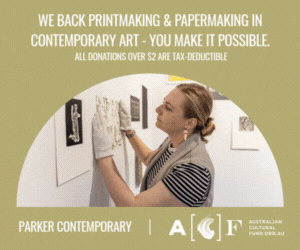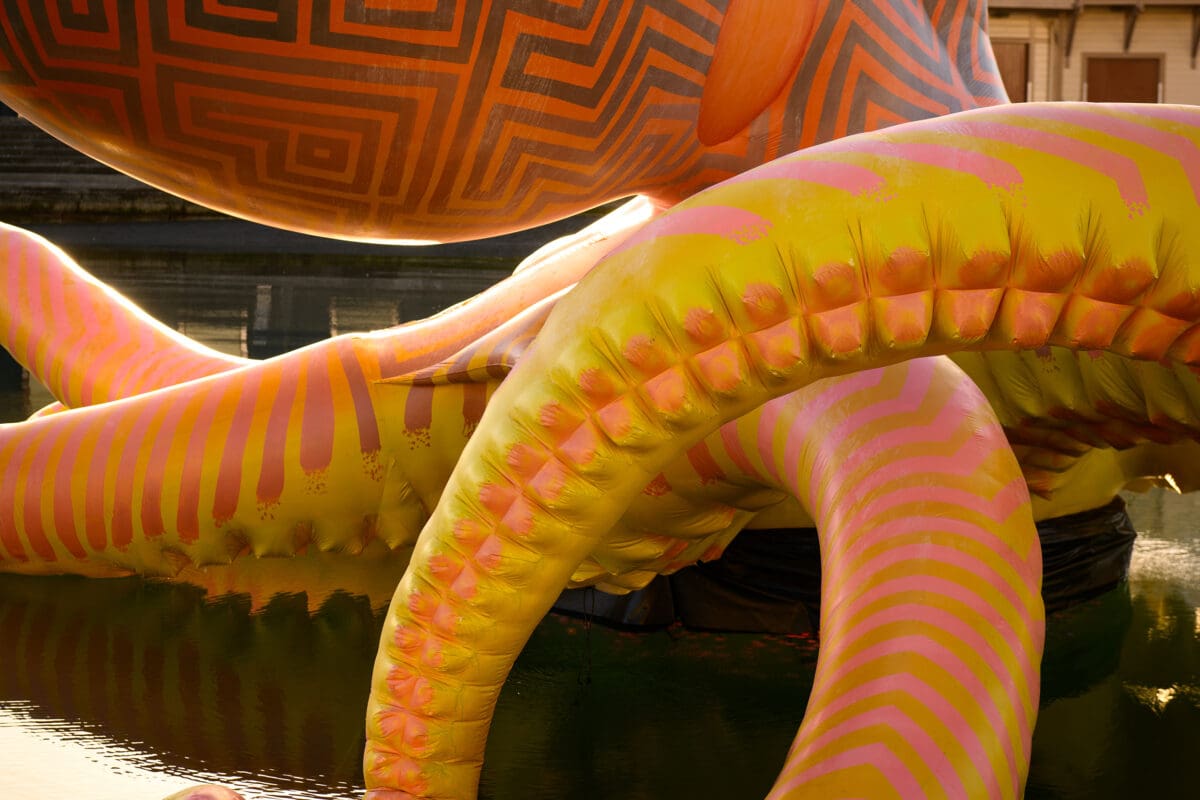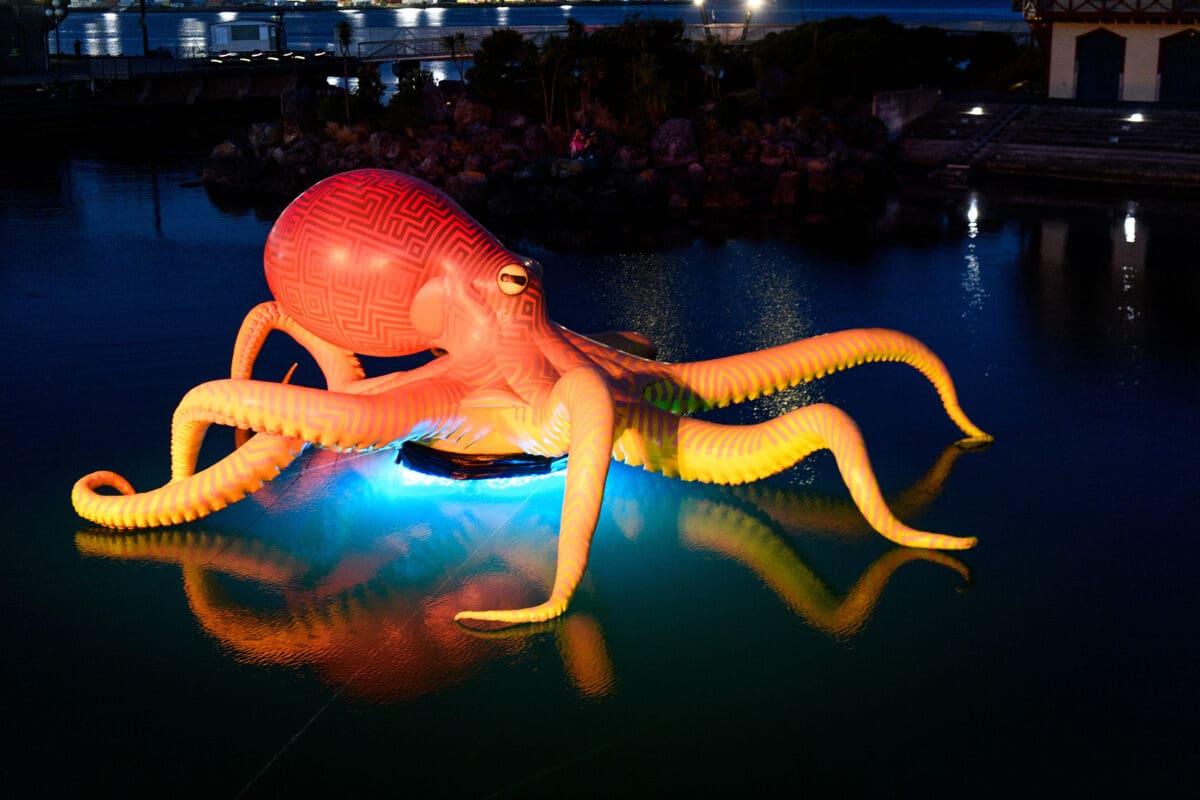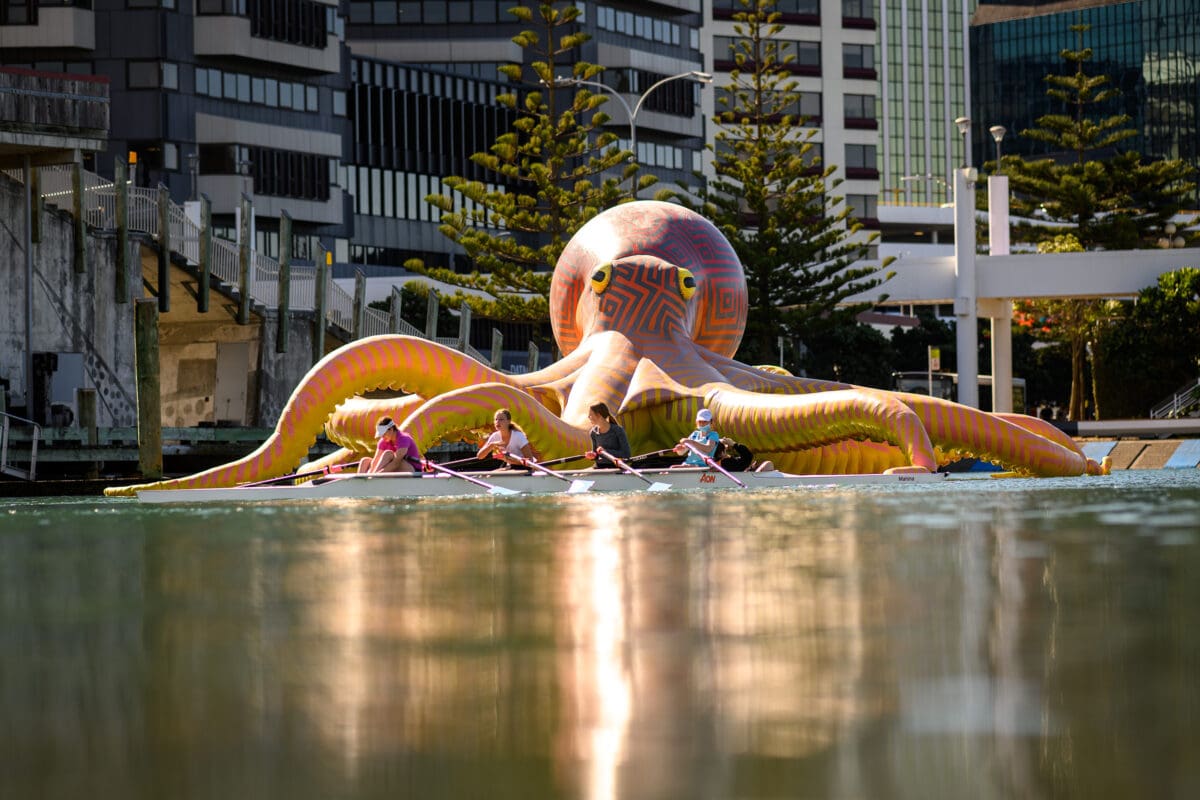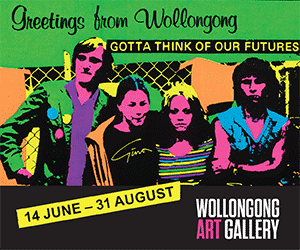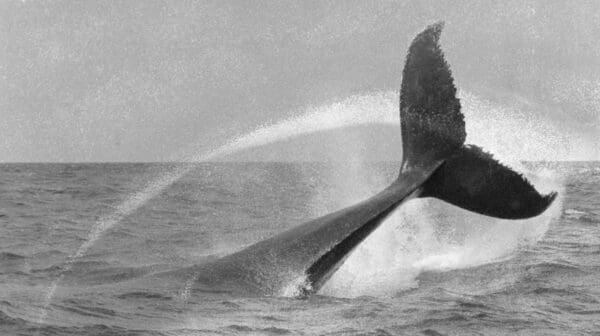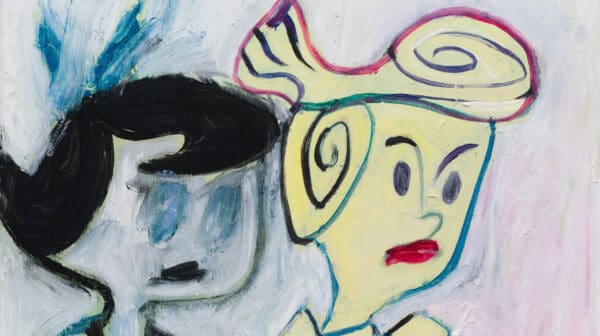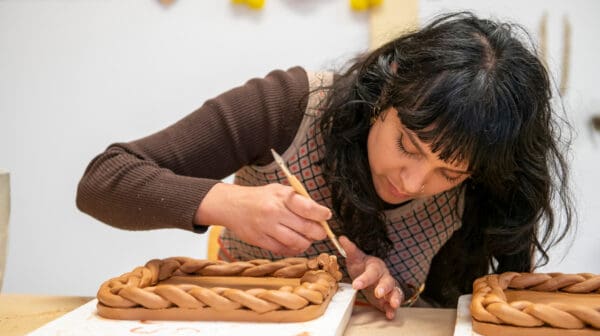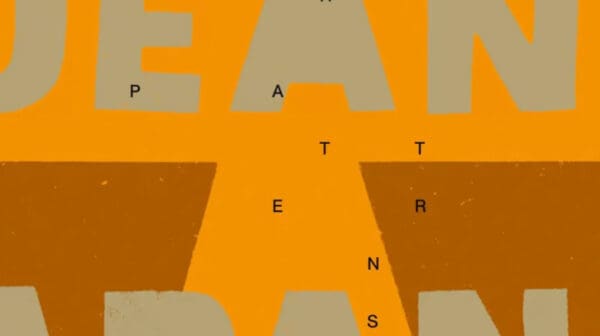As Sydney Festival enters its 47th year, festival director Olivia Ansell is looking towards the sea. “It’s quite organic,” she says of unearthing the central themes of the arts program. “You have conversations with thousands of artists about what they’re talking about, what they’re creating, and what they’re into. And out of that whirlpool of conversation, I always find that recurring themes pop up. This year it was water and weaving. The water is saltwater stories, freshwater stories, desert stories, tales of Sydney harbour, and stories around climate impact.”
With scores of involved artists, many of the exhibiting sites are centred around the harbour, from Lavender Bay to Campbells Cove, Walsh Bay, Watermans Cove, and more. The latter is playing host to one oceanic delight: Te Wheke-a-Muturangi, Māori artist Lisa Reihana’s giant octopus installation. “I felt like Sydneysiders deserve to see this piece,” says Ansell. “New Zealand international arts festival first commissioned Te Wheke-a-Muturangi, which is from the story of Kupe, who is said to have founded Aotearoa.” In the story, Te Wheke is Kupe’s adversary, but here visitors are encouraged to rent kayaks and paddle up close to her.
“The other theme is weaving,” says Ansell. “The weaving of thousands of local and international artists’ voices, but we also have a lot of works in the program that are weaving intergenerational and intercultural stories.” And Michael Shaw’s Hi-Vis installation is literally centred on weaving a work through the interior of the Moonshine Bar—the festival’s hub in the Thirsty Mile precinct. Hi-Vis is a large-scale neon sculpture that inhabits the space like a weed, winding around the interior like giant inflatable ivy. “What I like about Michael Shaw’s work is he’s sort of strangulating traditional spaces,” says Ansell. “He wraps these structures around these wooden poles and different elements… it’s like decolonising a site.”
Sydney Festival
Various Sydney locations
5—28 January
This article was originally published in the January/February 2024 print edition of Art Guide Australia.

